Filter by
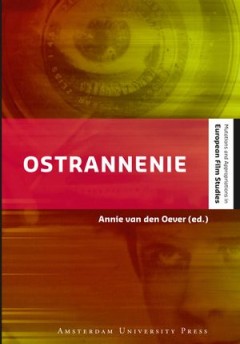
Ostrannenie. on "Strangeness" and the Moving Image. the History, Reception, a…
Ostrannenie (‘making it strange’) has become one of the central concepts of modern artistic practice, ranging over movements including Dada, postmodernism, epic theatre, and science fiction, as well as our response to arts. Coined by the ‘Russian Formalist’ Viktor Shklovsky in 1917, ostrannenie has come to resonate deeply in Film Studies, where it entered into dialogue with the Brechtia…
- Edition
- -
- ISBN/ISSN
- 9789089640796
- Collation
- -
- Series Title
- -
- Call Number
- 791.43 OEV o

Directing
Please view this book as a source of knowledge but know that every director you meet both good and bad you will learn from. Your journey is never over and the goal of any artist should be to take the lessons of the past, learn from your own experience, and transform your understanding into a unique approach that will change the future of the artform. This is my gift to you as you are the future…
- Edition
- -
- ISBN/ISSN
- -
- Collation
- -
- Series Title
- -
- Call Number
- 700 GAR d

Devising
Devised theatre is a method of theatre-making in which the script or (if it is a predominantly physical work) performance score originates from collaborative, often improvisatory work by a performing ensemble. The ensemble is typically made up of actors, but other categories of theatre practitioner may also be central to this process of generative collaboration, such as visual artists, composer…
- Edition
- -
- ISBN/ISSN
- -
- Collation
- -
- Series Title
- -
- Call Number
- 700 GAR d

Love and Intrigue
"Schiller’s play Kabale und Liebe, usually translated into English as Love and Intrigue, represents the disastrous consequences that follow when social constraint, youthful passion, and ruthless scheming collide in a narrow setting. Written between 1782 and 1784, the play bears the marks of life at the court of the despotic Duke of Württemberg, from which Schiller had just fled, and of a fra…
- Edition
- -
- ISBN/ISSN
- 9781783747405
- Collation
- 120 halaman
- Series Title
- Open Book Classics
- Call Number
- 700 SCH l
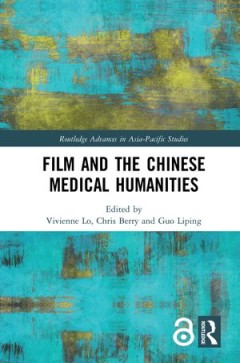
Film and the Chinese Medical Humanities
Film and the Chinese Medical Humanities is the first book to reflect on the power of film in representing medical and health discourse in China in both the past and the present, as well as in shaping its future. Drawing on both feature and documentary films from mainland China, the chapters each engage with the field of medicine through the visual arts. They cover themes such as the history of …
- Edition
- -
- ISBN/ISSN
- 9780429017407
- Collation
- -
- Series Title
- -
- Call Number
- 791.43 FIL f

The Unfinished Art of Theater Avant-Garde Intellectuals in Mexico and Brazil
The avant-garde posits the possibility of total rupture with the past. This book pulls back on this futuristic impulse by showing how theater became a key site for artists on the edge of capitalism to reconfigure the role of the aesthetic between 1917 and 1934. The book argues that this “unfinished art”—because of its weakness as a representative institution in Mexico and Brazil, where th…
- Edition
- -
- ISBN/ISSN
- 9780810137400
- Collation
- -
- Series Title
- -
- Call Number
- -
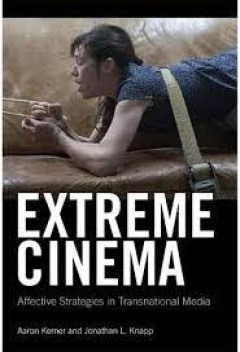
Extreme Cinema Affective Strategies in Transnational Media
Extreme Cinema examines the highly stylized treatment of sex and violence in post-millennial transnational cinema, where the governing convention is not the narrative but the spectacle.
- Edition
- -
- ISBN/ISSN
- 9781474402910
- Collation
- -
- Series Title
- -
- Call Number
- -
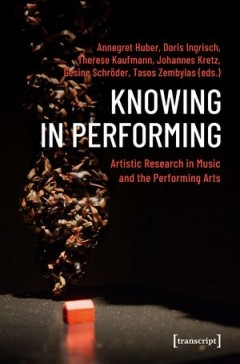
Knowing in Performing: Artistic Research in Music and the Performing Arts
How can performing be transformed into cognition? Knowing in Performing describes dynamic processes of artistic knowledge production in music and the performing arts. Knowing refers to how processual, embodied, and tacit knowledge can be developed from performative practices in music, dance, theatre, and film. By exploring the field of artistic research as a constantly transforming space for pa…
- Edition
- 1
- ISBN/ISSN
- 9783839452875
- Collation
- -
- Series Title
- -
- Call Number
- 792 KNO k
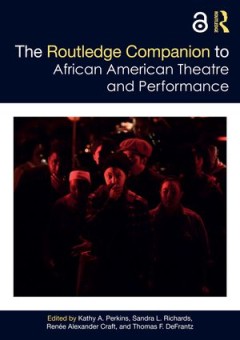
The Routledge Companion to African American Theatre and Performance
The Routledge Companion to African American Theatre and Performance is an outstanding collection of specially written essays that charts the emergence, development, and diversity of African American Theatre and Performance—from the nineteenth-century African Grove Theatre to Afrofuturism. Alongside chapters from scholars are contributions from theatre makers, including producers, theatre mana…
- Edition
- 1
- ISBN/ISSN
- 9781351751445
- Collation
- -
- Series Title
- -
- Call Number
- 812 ROU r
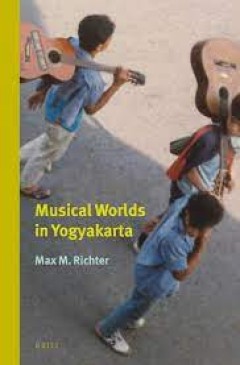
Musical worlds in Yogyakarta
Musical worlds in Yogyakarta is an ethnographic account of a vibrant Indonesian city during the turbulent early post-Soeharto years. The book examines musical performance in public contexts ranging from the street and neighbourhood through to commercial venues and state environments such as Yogyakarta’s regional parliament, its military institutions, universities and the Sultan’s palace. It…
- Edition
- -
- ISBN/ISSN
- 9789004253490
- Collation
- -
- Series Title
- -
- Call Number
- -
 Computer Science, Information & General Works
Computer Science, Information & General Works  Philosophy & Psychology
Philosophy & Psychology  Religion
Religion  Social Sciences
Social Sciences  Language
Language  Pure Science
Pure Science  Applied Sciences
Applied Sciences  Art & Recreation
Art & Recreation  Literature
Literature  History & Geography
History & Geography